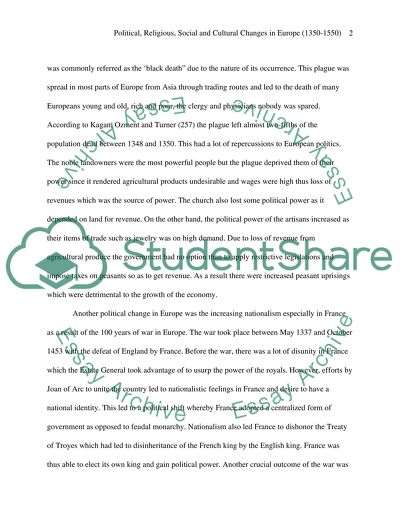Cite this document
(“Modern Age Europe 1348-1789 Essay Example | Topics and Well Written Essays - 3000 words”, n.d.)
Modern Age Europe 1348-1789 Essay Example | Topics and Well Written Essays - 3000 words. Retrieved from https://studentshare.org/history/1401831-modern-age-europe-1348-1789
Modern Age Europe 1348-1789 Essay Example | Topics and Well Written Essays - 3000 words. Retrieved from https://studentshare.org/history/1401831-modern-age-europe-1348-1789
(Modern Age Europe 1348-1789 Essay Example | Topics and Well Written Essays - 3000 Words)
Modern Age Europe 1348-1789 Essay Example | Topics and Well Written Essays - 3000 Words. https://studentshare.org/history/1401831-modern-age-europe-1348-1789.
Modern Age Europe 1348-1789 Essay Example | Topics and Well Written Essays - 3000 Words. https://studentshare.org/history/1401831-modern-age-europe-1348-1789.
“Modern Age Europe 1348-1789 Essay Example | Topics and Well Written Essays - 3000 Words”, n.d. https://studentshare.org/history/1401831-modern-age-europe-1348-1789.


